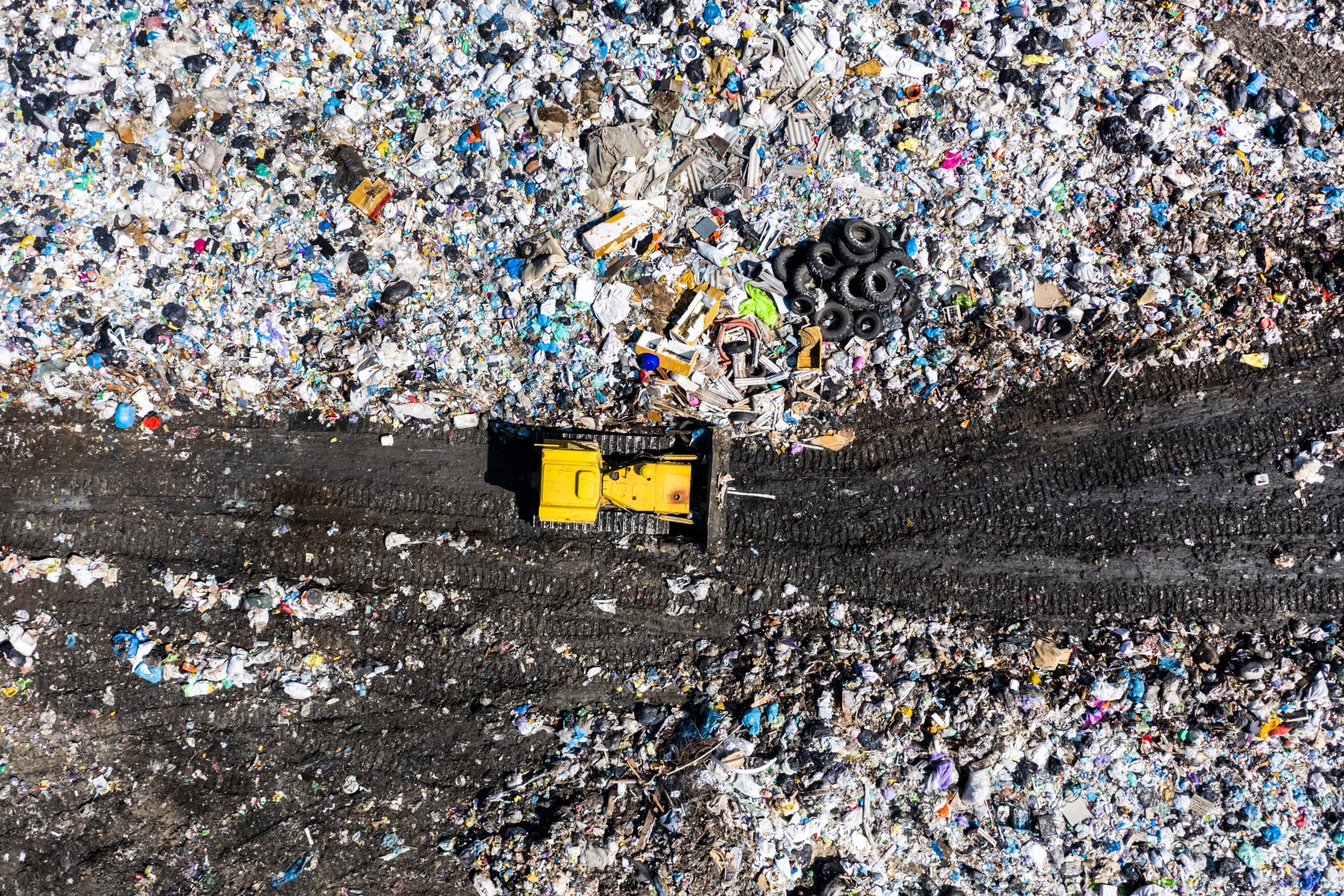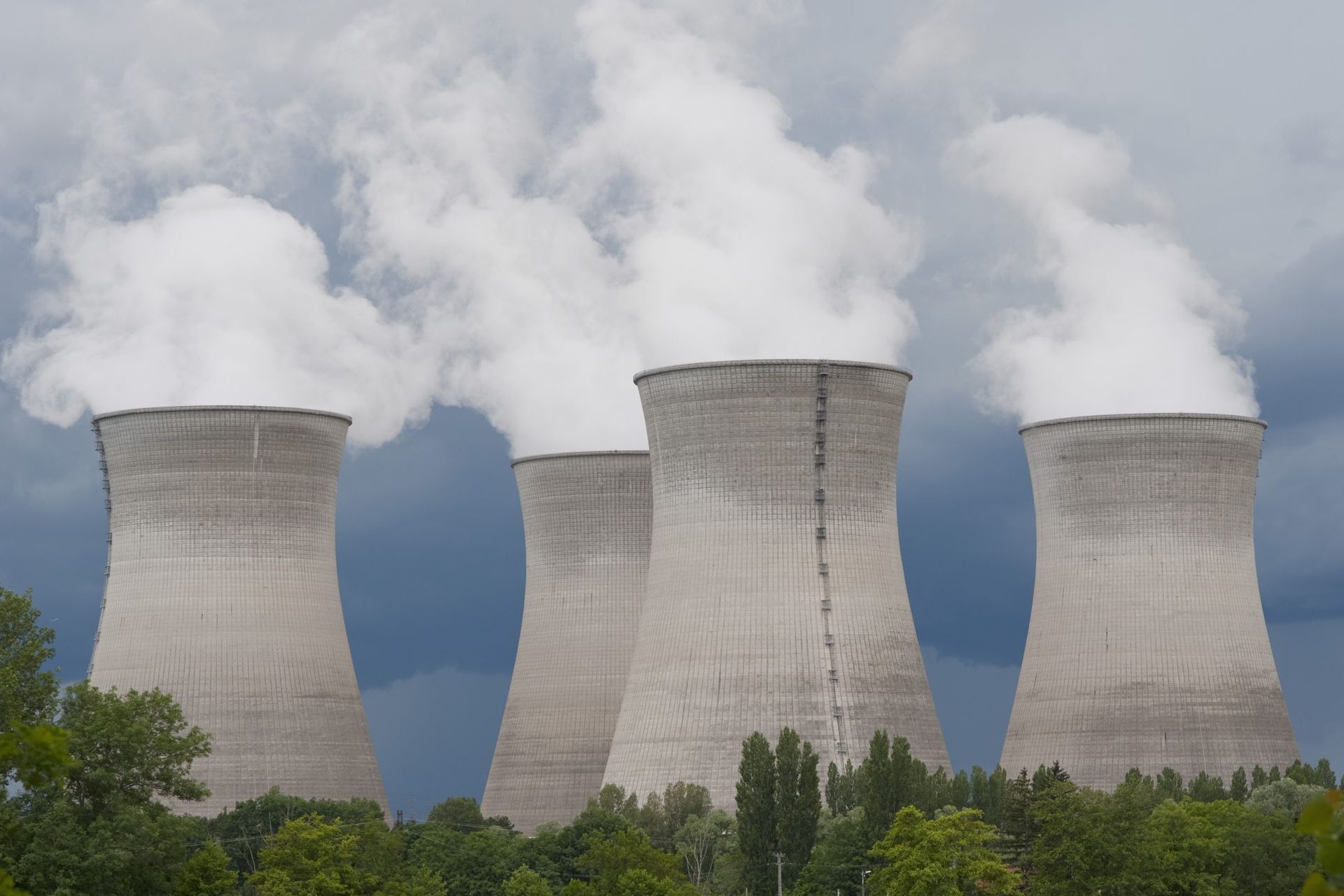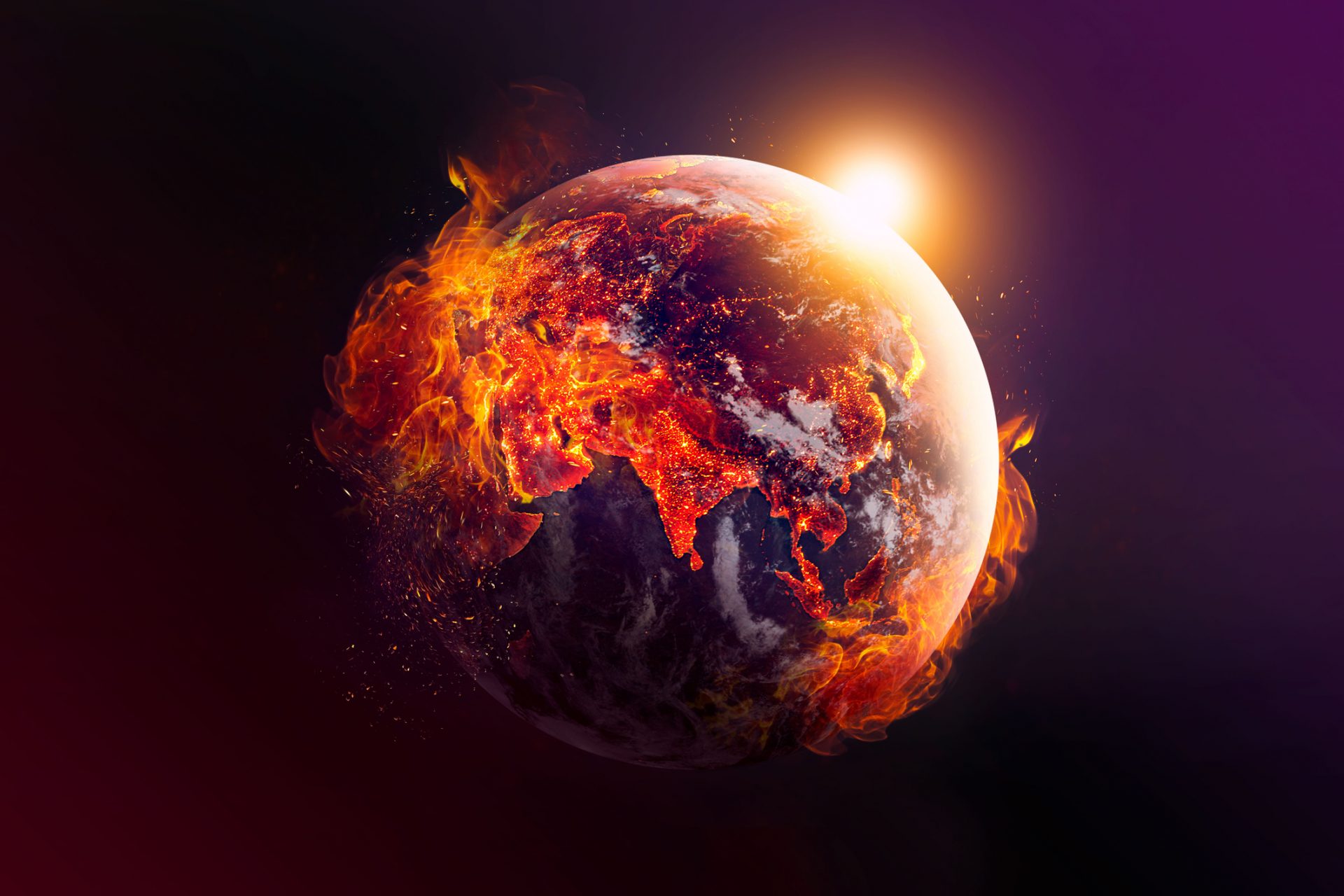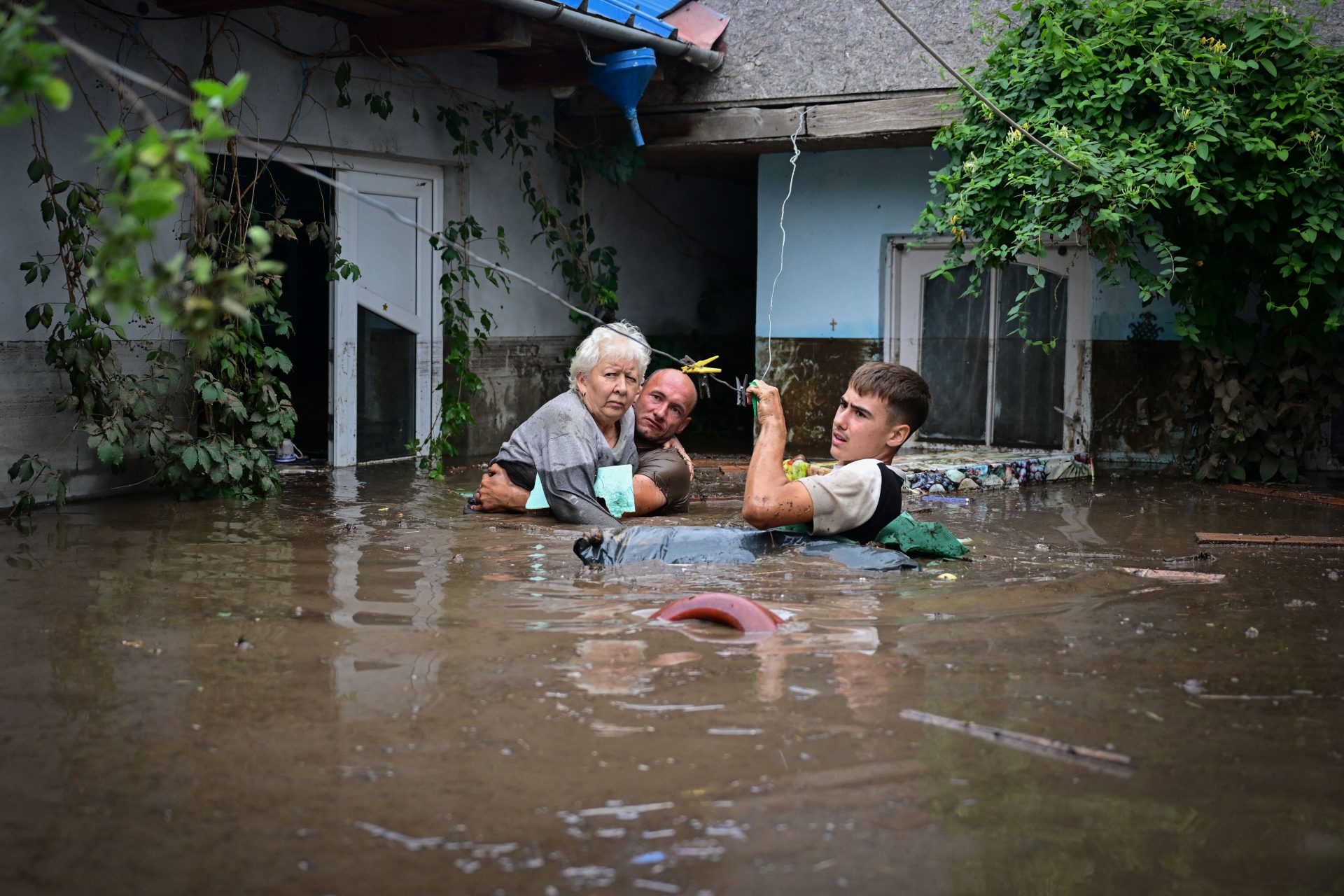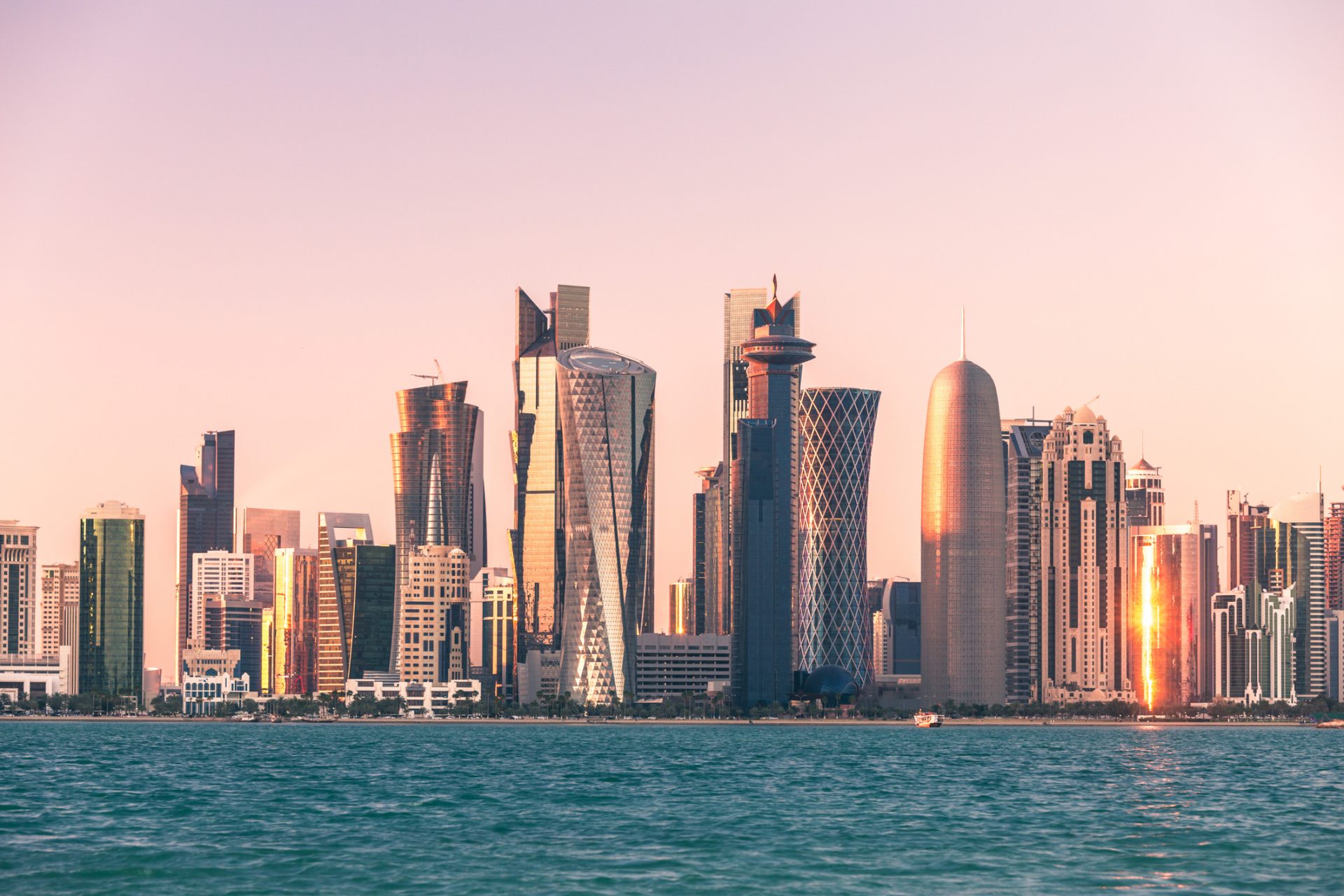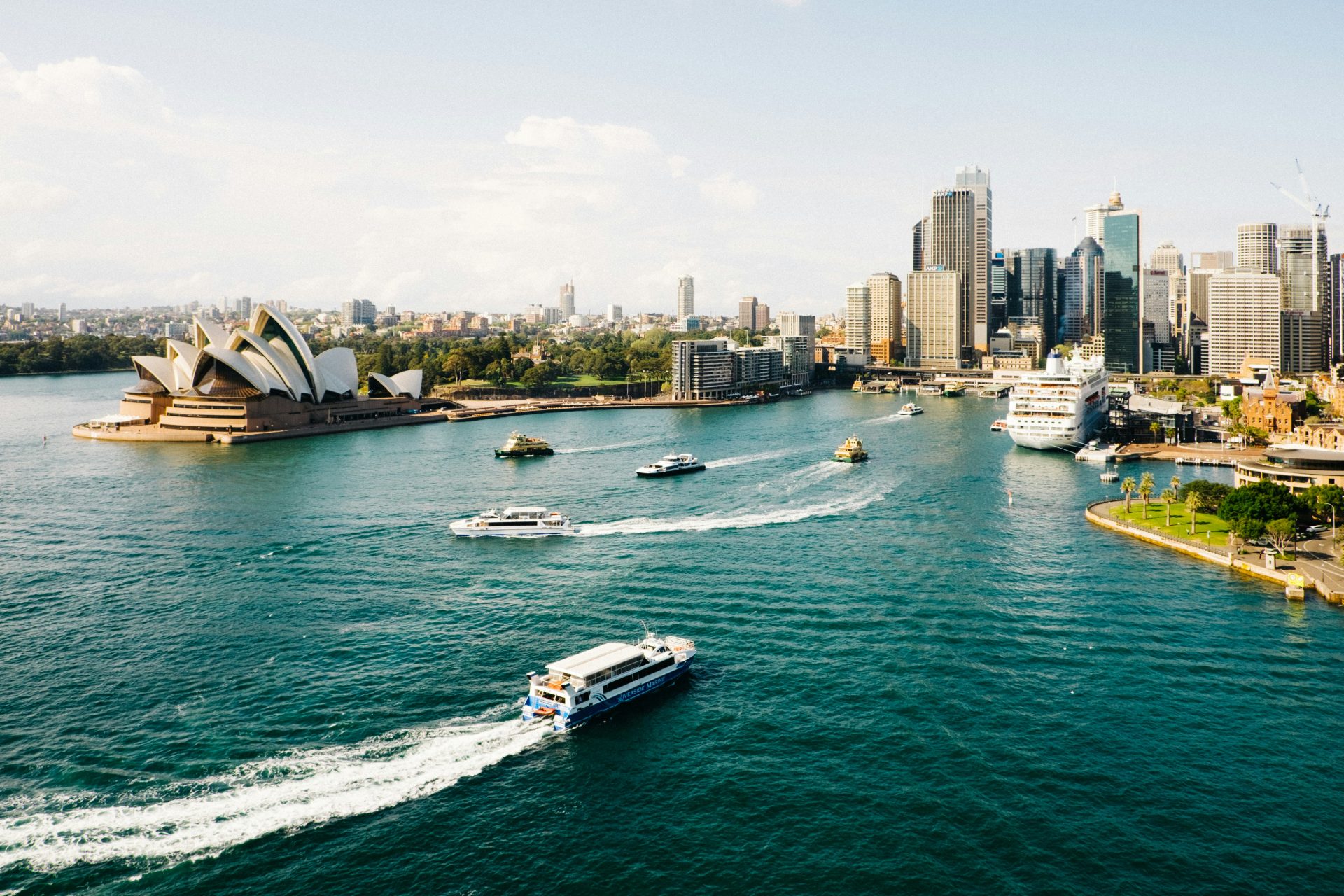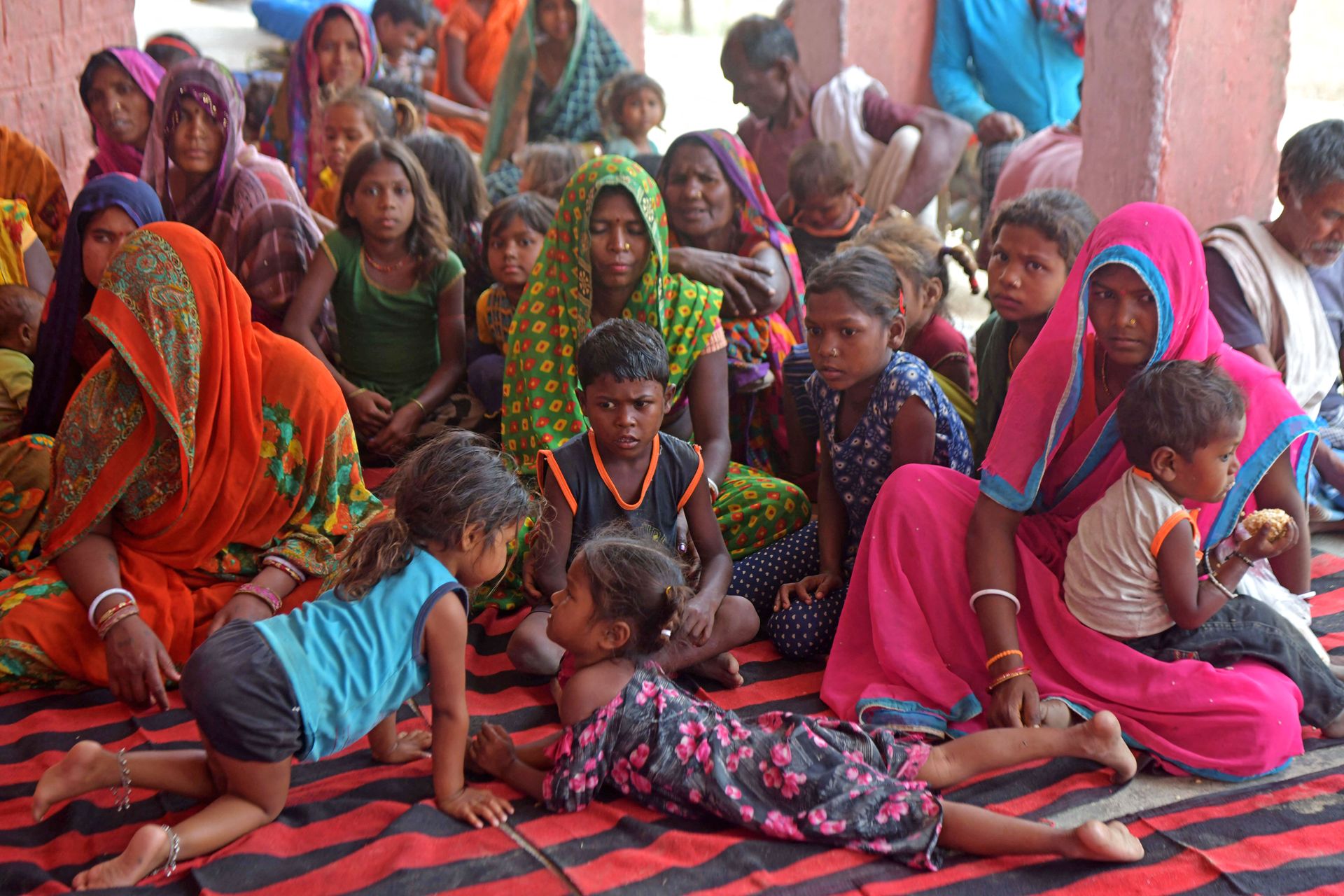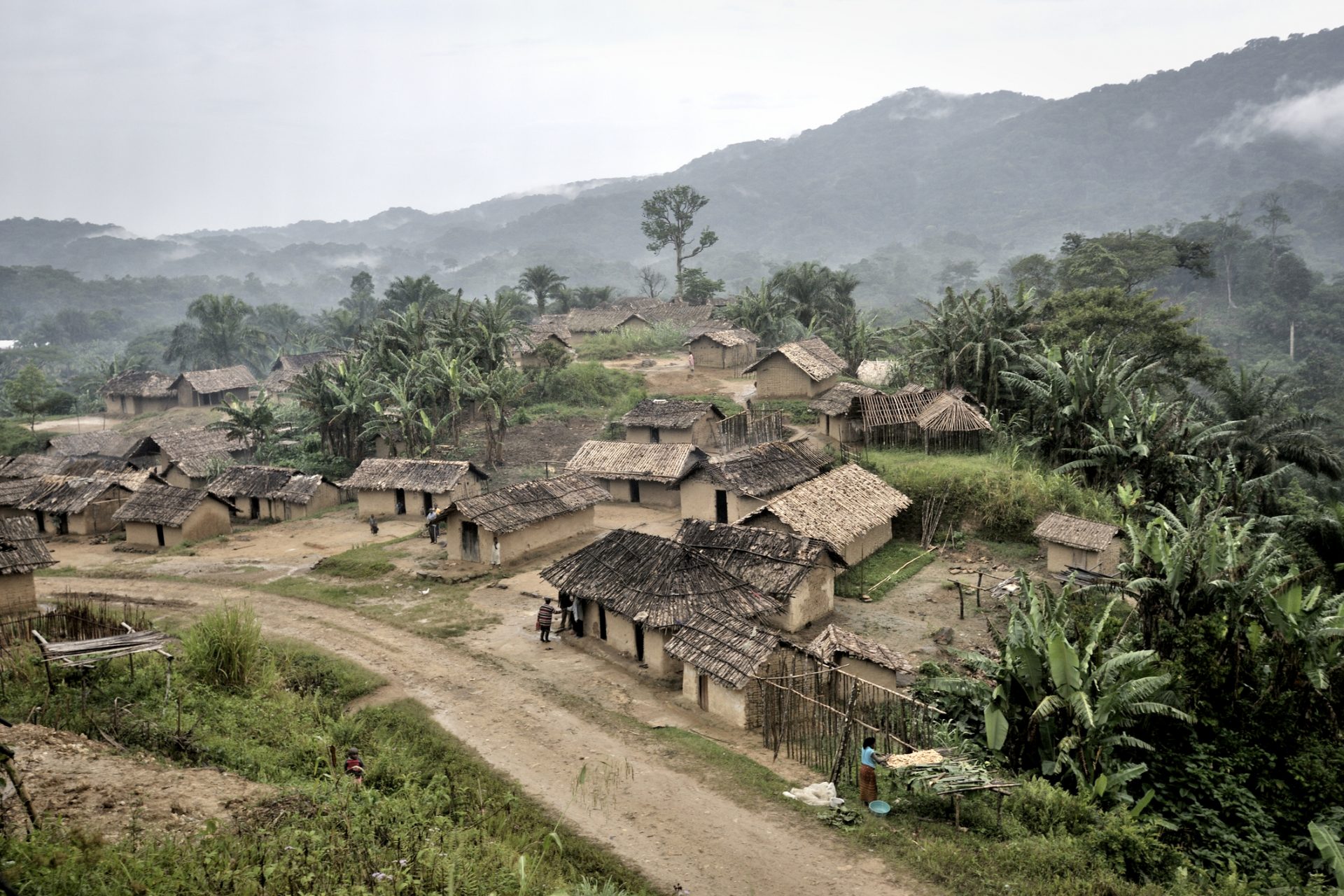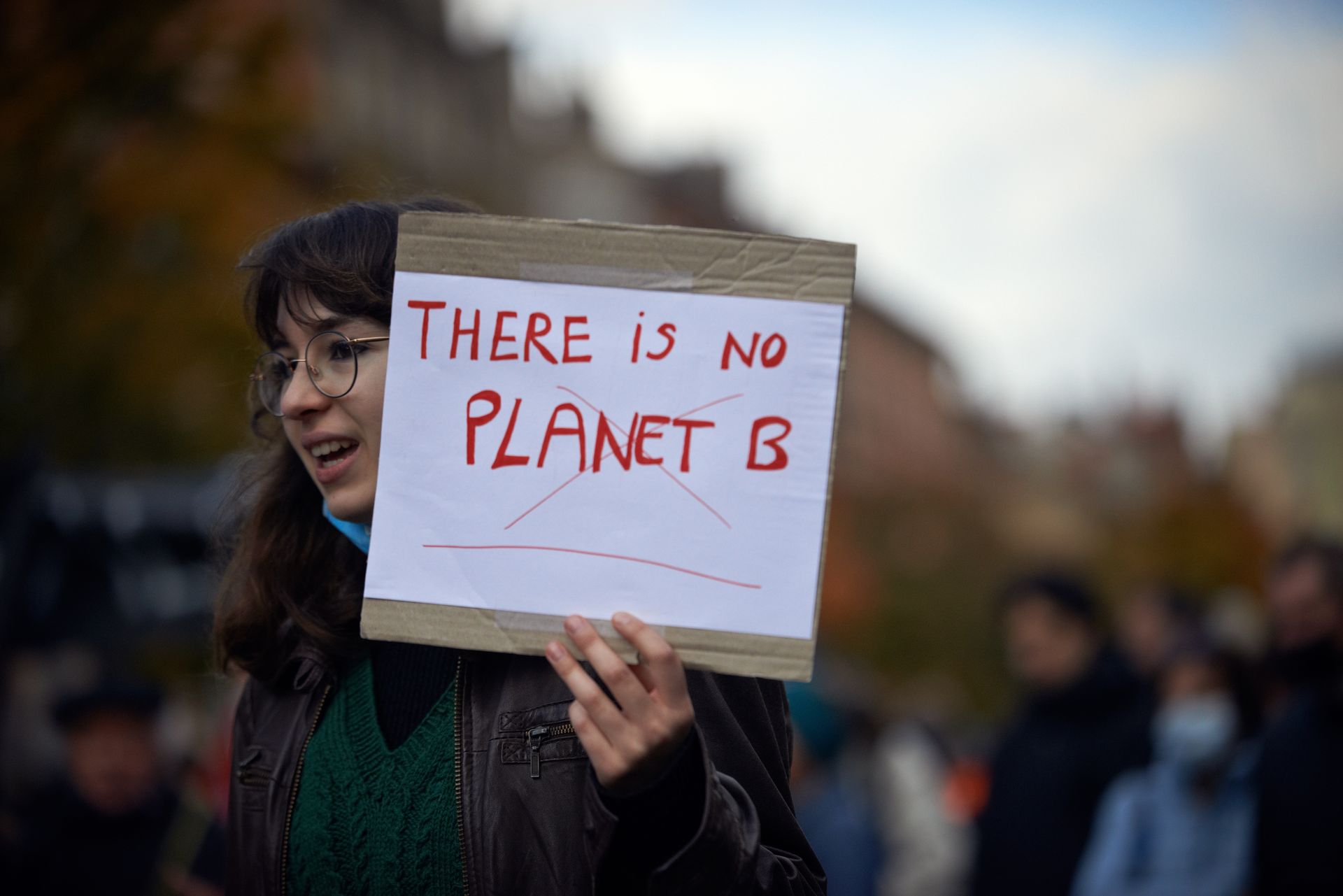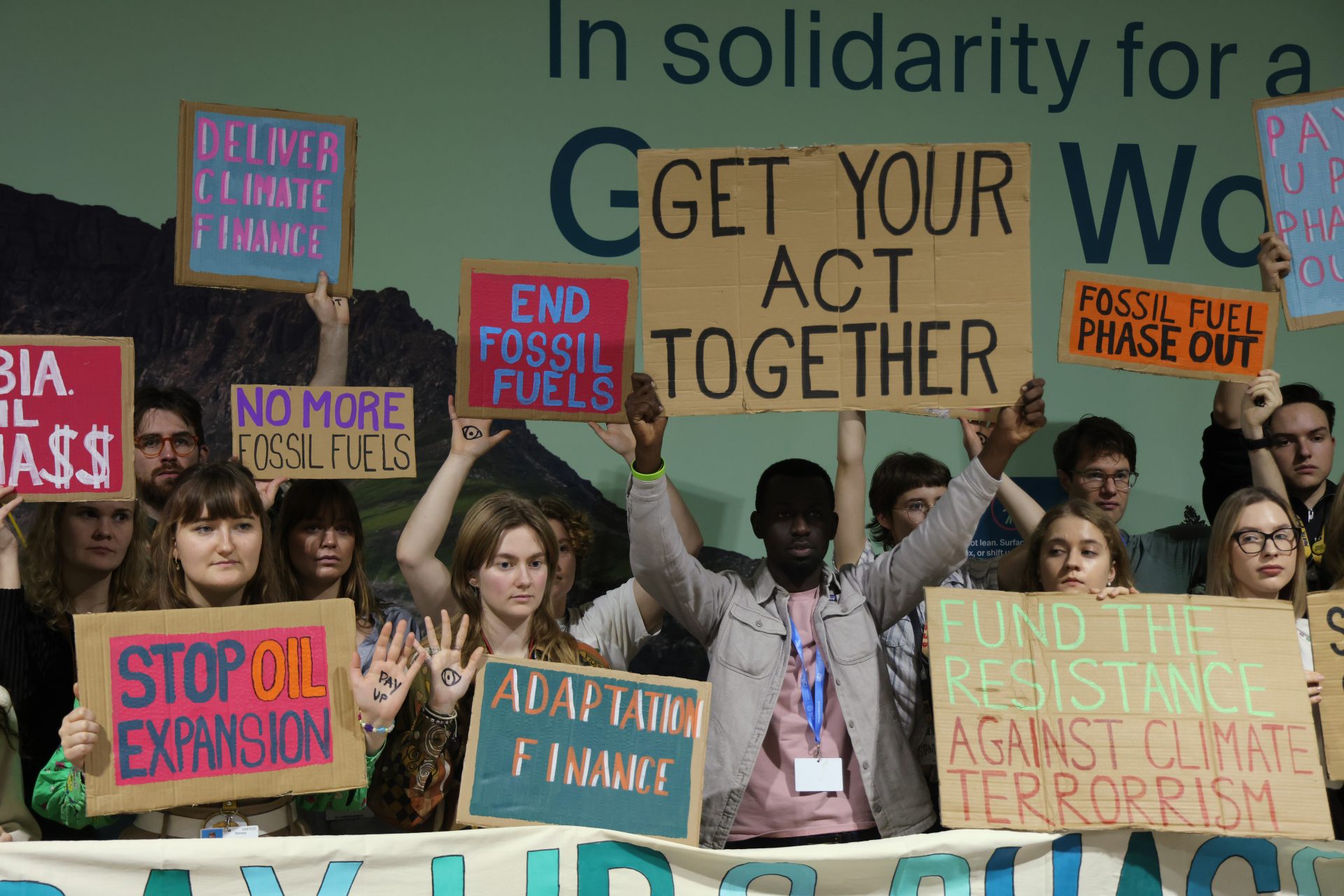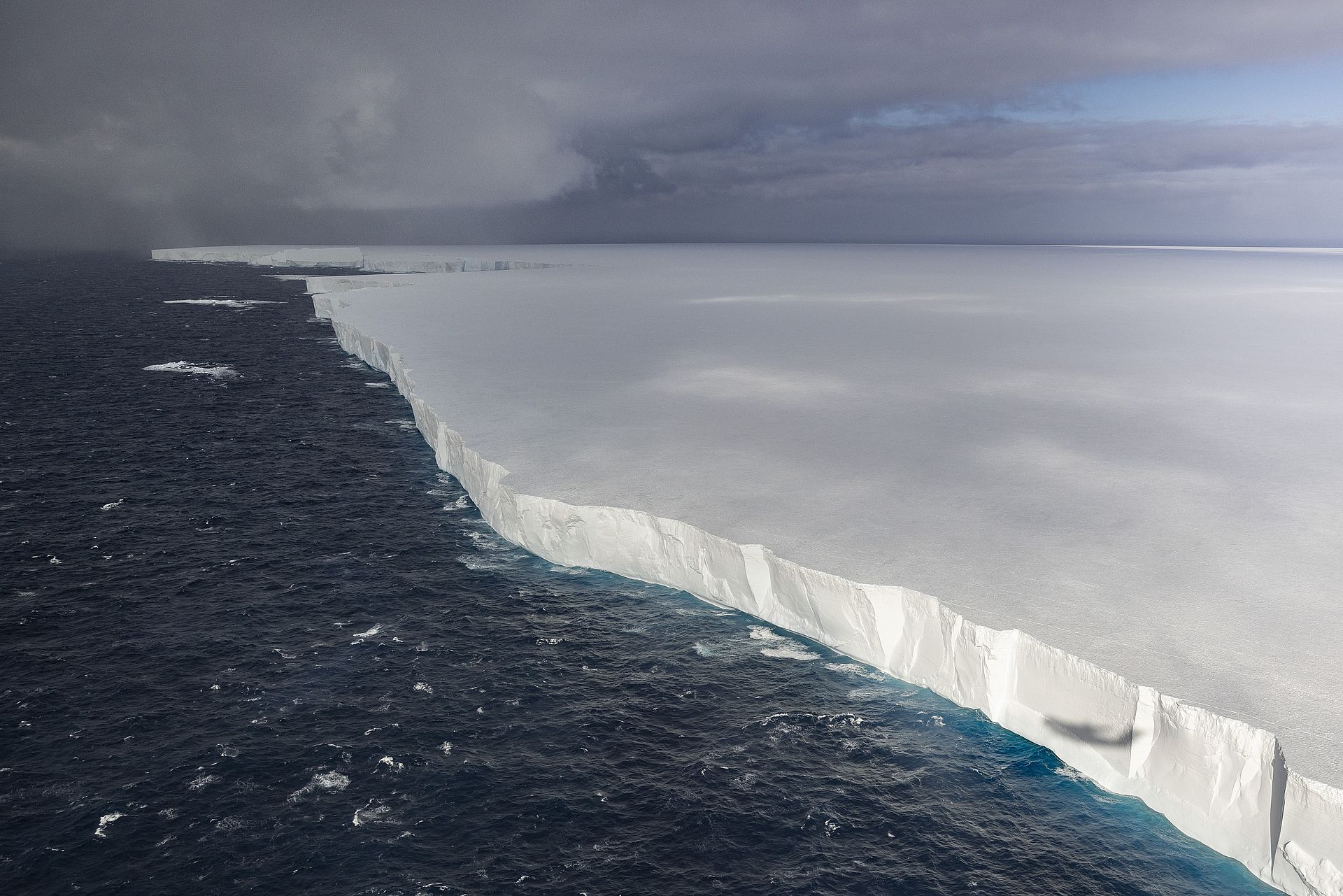The environmental price of the American lifestyle
The American lifestyle has long been associated with convenience, abundance and economic growth. But this American culture of overconsumption comes at a huge cost to our planet.
In fact, if everyone consumed resources and generated waste like US residents, we’d need nearly five Earths to sustain the global population, according to data compiled by the NGO Global Footprint Network.
The NGO’s report shows the number of Earths we would need based on the amount of biologically productive land and water a population requires to produce all of the resources it consumes and to absorb the waste it generates, using prevailing technologies.
Moreover, the report estimates an “Earth overshoot day” for each country, which occurs when humanity's demand on nature’s resources exceeds the Earth's capacity to regenerate them for the given year, according to the NGO.
In 2024, the United State’s “overshoot day” was calculated to be August 1st, but in 2025, it’s gone forward to March 13, the latest report shows.
The consequences of ecological overspending are evident in deforestation, soil erosion, biodiversity loss, and the buildup of carbon dioxide in the atmosphere, which leads to more frequent extreme weather events and reduced food production, the NGO notes in their website.
Industrialized nations are largely to blame for pushing the “Earth overshoot day” forward. A country’s prosperity and consumption go together: richer nations deplete more resources per capita than poorer ones, a visual capitalist report says.
According to the Global Footprint Network, Qatar, Luxembourg and Bahrain are even bigger offenders than the US, with the lifestyles in these countries estimated to use up between 5.4 and 8.7 Earths if the whole world were to adopt them.
Following the US, is Australia with 4.7, Russia with 3.8, France with 3.3, Germany with 3, and Switzerland, Portugal and Italy all with 2.9 Earths needed to sustain their lifestyles if every country on the planet was to adopt them.
Photo: Sydney, Australia by Dan Freeman/Unsplash
Most other major industrialized nations in Europe and Asia would use between 2.6 and 4.8 Earths if their lifestyle was universal. Chinese living standards meant 2.4 Earths would be used up, the report shows.
All of these countries are known as biocapacity debtors, meaning that the country is net-importing biocapacity through trade, liquidating national ecological assets or emitting more carbon dioxide waste into the atmosphere than its own ecosystems absorb.
However, there’s also countries that have an ecological surplus, known as biocapacity creditors, such as India. If everyone on the planet lived like them, we would be using only 70% of the Earth’s resources.
However, around 7% of India’s population live below the poverty line, according to the UN. So the report also highlights the extreme inequality that exists between countries.
While India and other biocapacity creditors, such as Puerto Rico, Bahamas and Congo, among 52 others, don’t have an “overshoot Earth day”, others had one set at the end of the year, rather than in the summer, such as Morocco, Kyrgyzstan and Guinea.
According to the Global Footprint Network’s methodology report, the findings take into consideration how much land/resources a country has and how much is needed to meet its people’s demand for food, buildings, energy production, waste absorption and space for roads.
The NGO, who says their views aren’t pesimistic nor optimistic, states that as individuals we have the power to better our homes and communities.
However, they note that “the greatest potential for large-scale impact lies with governments and businesses who align their policies and strategies with the reality of our finite planet.”
More for you
Top Stories



